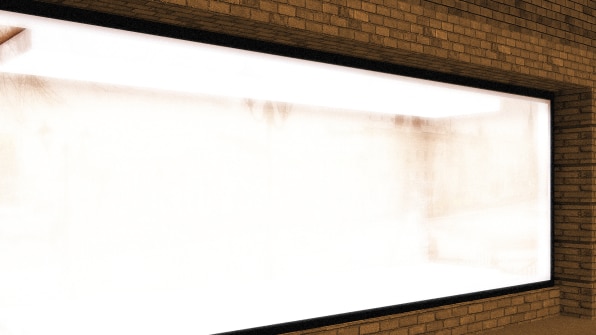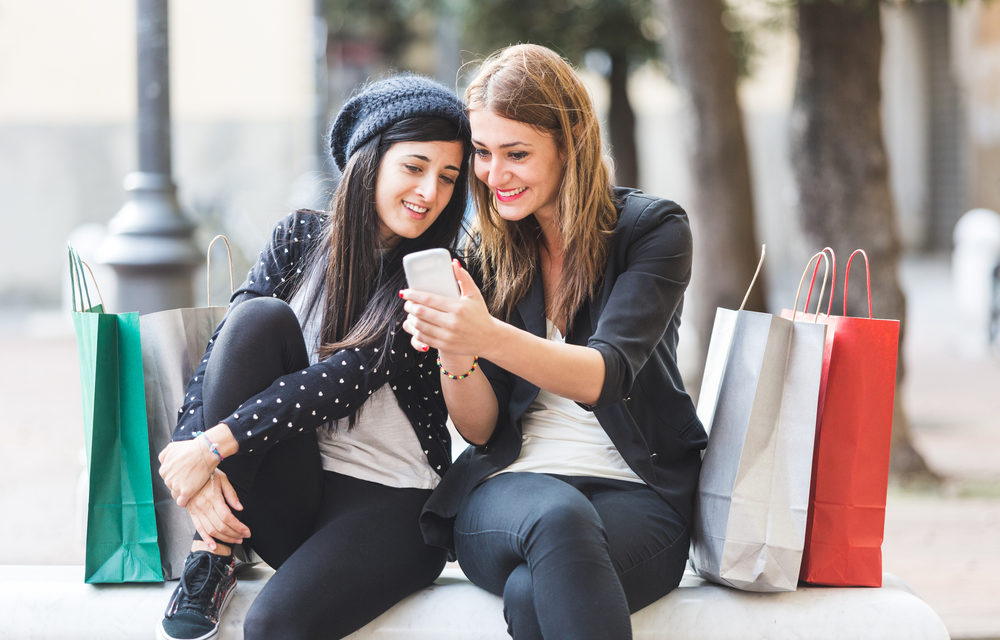Source: Fast Company, January 2019
Six predictions for how we’ll shop in 2019, from embracing IRL stores to ditching Amazon.

Everybody, I’d like to announce that the retail apocalypse has been officially cancelled. It turns out, humans do occasionally like putting down their smartphones, leaving their sofas, and going to a real brick and mortar store to make a purchase.
Over the last three years, thousands of stores shuttered–and dozens of companies went bankrupt. In 2017 alone, 7000 stores closed their doors, and many brands with large retail footprints filed for Chapter 11, including Toys R Us, Gymboree, Payless, Wet Seal, and The Limited. Many experts expected 2018 to be even more disastrous to the retail industry.
But that didn’t happen. In 2018, about half as many stores closed as the year before, and in an interest twist, we saw the rebirth of physical retail, with startups developing their own take on stores and large real estate companies rethinking how malls should be designed. Looking back, the problem wasn’t that people had gotten too lazy to leave their homes; it’s that brands had become complacent about making shopping IRL a worthwhile experience.
This past year, brands have been throwing retail concepts against the wall to see what sticks. (Remember Glossier’s all-pink Instagrammable cafe and Naadam’s $75 sweater shop?) But in 2019, we predict that brands and consumers will settle into a new normal with stores. There will be fewer gimmicks, but shopping will be ever more seamless.
It’s just one of the many ways retail will be transformed in 2019. Here’s the full list of our predictions.

BRICK AND MORTAR MAKES A COMEBACK
In 2018, many startups recognized that stores could be a huge asset because they have the power to deepen the customer’s relationship with a brand, increasing their lifetime value. Paul Hedrick, founder and CEO of direct-to-consumer cowboy boot startup Tecovas, saw this in a pop-up the brand launched close to its Austin headquarters. “We found that people still really love strolling down a shopping street, and checking out products in person,” he says. “And we’ve found that interacting with the brand in store makes a customer more loyal.”
The success of the Austin pop-up has convinced Hedrick to open five more stores throughout Texas in 2019. A similar narrative is afoot among fast-growing, direct-to-consumers startups. Many are now quickly expanding their retail presence. Allbirds, Everlane, Naadam, Cuyana, Outdoor Voices, MM.Lafleur, Away, Tamara Mellon, and Glossier have all opened stores in the past few months, or have announced that they plan to do so in upcoming months. The most dramatic expansion will come from Casper: The mattress retailer that got its start online plans to open 200 stores.
BRICK AND MORTAR 2.0 LOOKS DIFFERENT
These shops aren’t going to look or feel like the stores you might find in large malls of the past. Instead, they will be designed to complement the digital experience. Everlane, for instance, developed in-store technology that would connect a person to their online profile, so they can use the credit card they have on file to make a purchase.
Many of these stores will have a smaller footprint, since they will not hold much inventory. Brands expect that customers will come into the store to check out products, but may purchase the product online. And many brands will also use the stores as a place to forge a strong sense of community by hosting talks, parties, and other gatherings there. Everlane’s San Francisco store has stadium seating specifically for such events. (The rest of the time, it serves as a useful spot for tired shoppers to get some rest.)
Grocery stores will see innovations of their own. We’re already seeing some degree of automation with things like self-checkout technology. Amazon has been working on a checkout-free system that will use facial recognition to charge customers for the products that they take out of the store with them. It has opened seven of these Go stores to date, and is planning to open more in the next year, including small format stores in office lobbies. It won’t be long before the technology spreads to other retailers.

THE AMAZON BACKLASH IS REAL
That said, a lot of people have had enough of Amazon. As my colleague Cale Weissman points out, there’s been a growing anger against Amazon for its cutthroat business practices.
Workers at Amazon warehouses regularly complain about low pay and poor treatment. Adding to the furor, many people were disgusted by the way Amazon asked cities to compete with one another to become the site of Amazon’s second headquarters. Some saw this as an elaborate data-gathering operation. In the end, Amazon selected New York City and Northern Virginia, which made people in those cities unhappy because rents in these cities will likely go up.
People seem to be canceling their Amazon Prime subscription judging by Google Trends data showing that searches for “cancel Amazon Prime” have spiked over the last year. Right now, given Amazon’s powerful position in e-commerce, it does not seem like such a big deal. But Weissman points out that the backlash is real, and will only continue to build in 2019.
SOCIAL SHOPPING WILL FINALLY HAPPEN
For year, social media platforms like Facebook and Instagram have tried to make it easier for people to shop directly from these sites. Brands can now let users buy products directly from a post. But it’s been slow to catch on among consumers. Many people still see a product on Instagram, then leave the platform to buy the item on a regular internet browser.
But Deb Liu, Facebook’s vice president of marketplace, believes that this will be the year shopping on social media catches on. “We’re beginning to see consumer behavior changing,” says Liu.
This means we’ll start seeing companies using Facebook and Instagram for more than just immersing consumers in the aesthetics and imagery of the brand, but giving them a clear call to action: Swipe up to purchase the product. They might use Instagram Stories to take you behind the scenes of a photoshoot, but you will be able to immediately purchase everything featured in the video.
SUSTAINABLE OR BUST
One of the major retail themes of 2019 will be combatting climate change. In the second half of 2018, the United Nations and the U.S. government released reports commissioned by scientists saying that climate change is happing much faster than previously predicted. This bad news coincided with a year in which the United States experienced one natural disaster after another, from the California wildfires to the hurricanes that devastated the Carolinas.
While sustainability has been a buzzword in the world of retail for years, brands will have to take it much more seriously in 2019. Consumers will demand it. We’re already seeing this in action. When news reports tracked how bad plastic straws are for the environment, searches for reusable metal straws went up by 205% on Etsy. Facebook found that over the course of 2018, discussions about bioplastic, carbon dioxide removal, and straws increased. Users also talked a great deal about buying more durable products and sustainable fashion.
Our prediction is that 2019 will be the year of conspicuous conservation. For years, consumers have been focused on acquiring stuff, and brands have been more than happy to churn out more and more products to cater to this need. But this upcoming year, consumers will be focused on buying eco-friendly products–and perhaps more importantly, consuming less. Shopping sustainably will be more than just an afterthought: It will become a moral imperative. Brands that are on board with this philosophy stand to thrive.
BUT PLEASE, NO MORE FLOWER WALLS
One thing that is going away: The Instagrammable store. In 2018, in the aftermath of so many stores shutting down, many brands felt they needed to get creative to woo customers into stores. One strategy was to create stores that would look good in selfies. “Stores wanted to give everybody the chance to feel like an Instagram influencer,” says Lauren McGrath, vice president at Activate, an influencer marketing platform.
That included things like Glossier’s pop-up in San Francisco’s Rhea’s Cafe, which was entirely covered in the pink that Glossier is known for. There was eyewear brand Prive Revaux, which created what amounted to a series of backdrops optimized for Instagram. There were what looked like elaborate art installations at Yankee Candle’s Candle Power Pop-up in New York. There were even stores–like the Museum of Ice Cream and Candy-Topia–that had no other purpose but to provide photo ops for Instagram.
It was fun while it lasted, but all these Instagrammable stores are blending into one another, and consumers are getting bored with the concept. In 2019, brands will need to think of other ways to get consumers into stores. Like, you know, developing great products, or having great customer service. “I think we’re over the flower walls,” says McGrath.
I agree.

